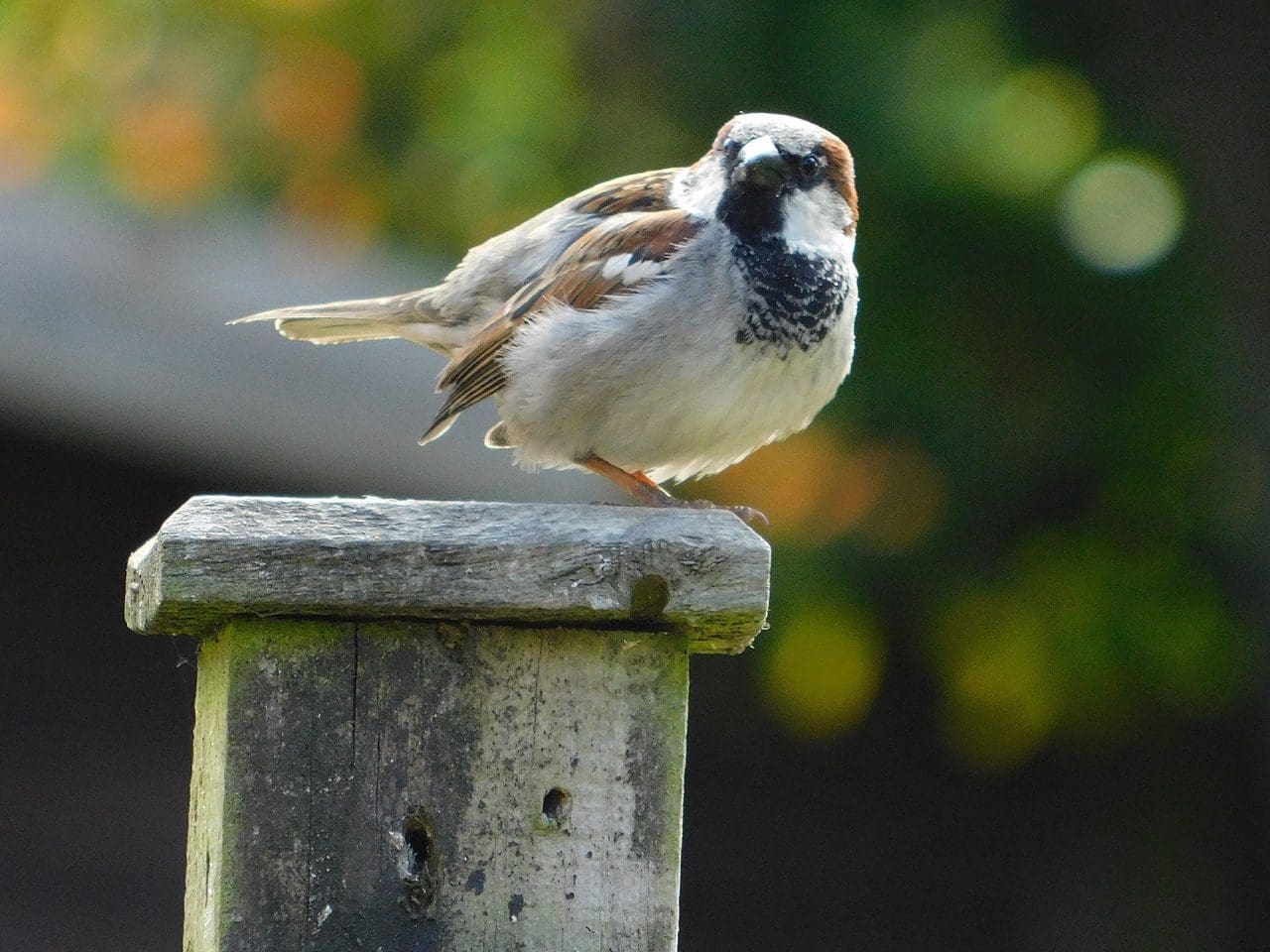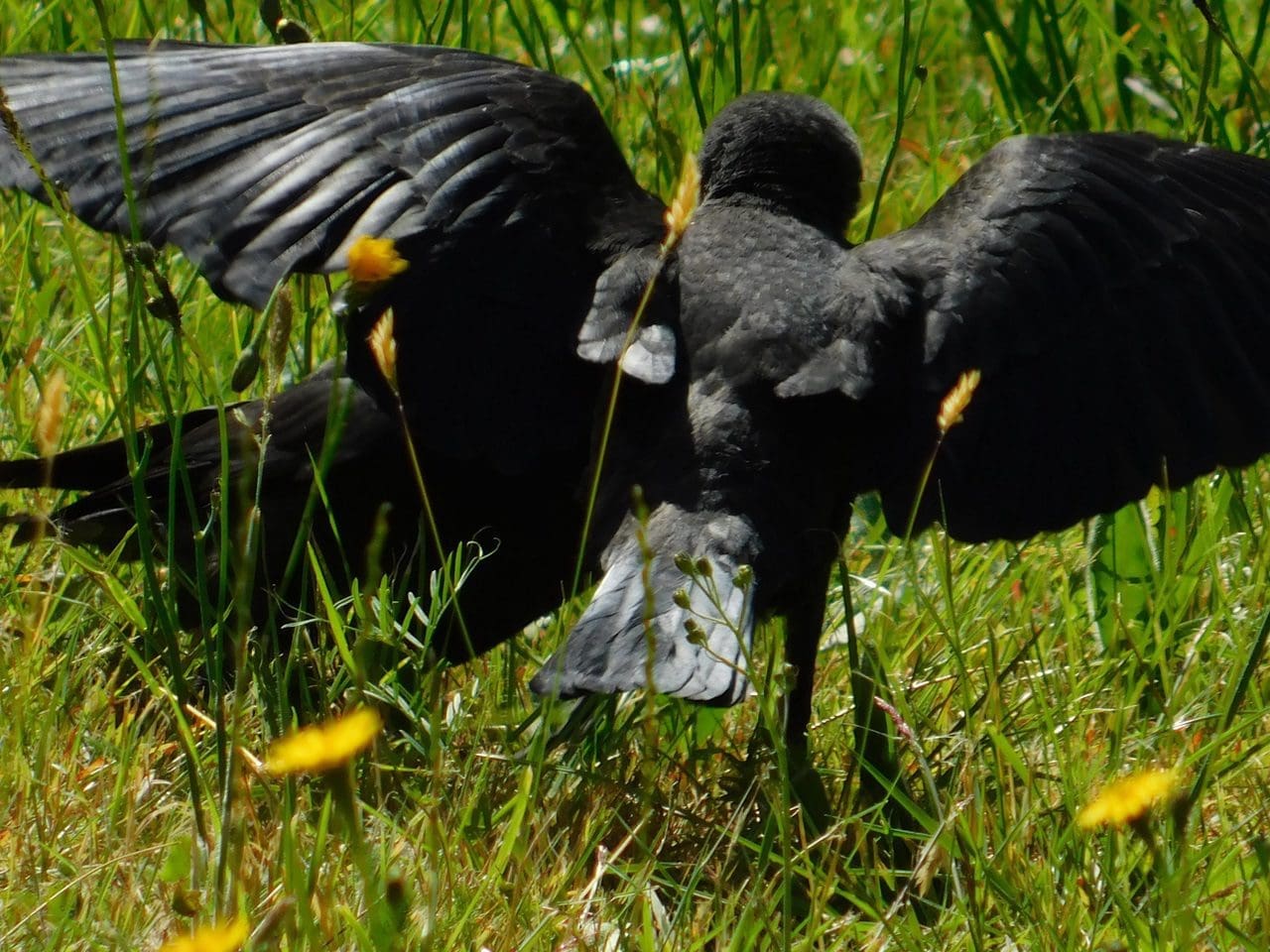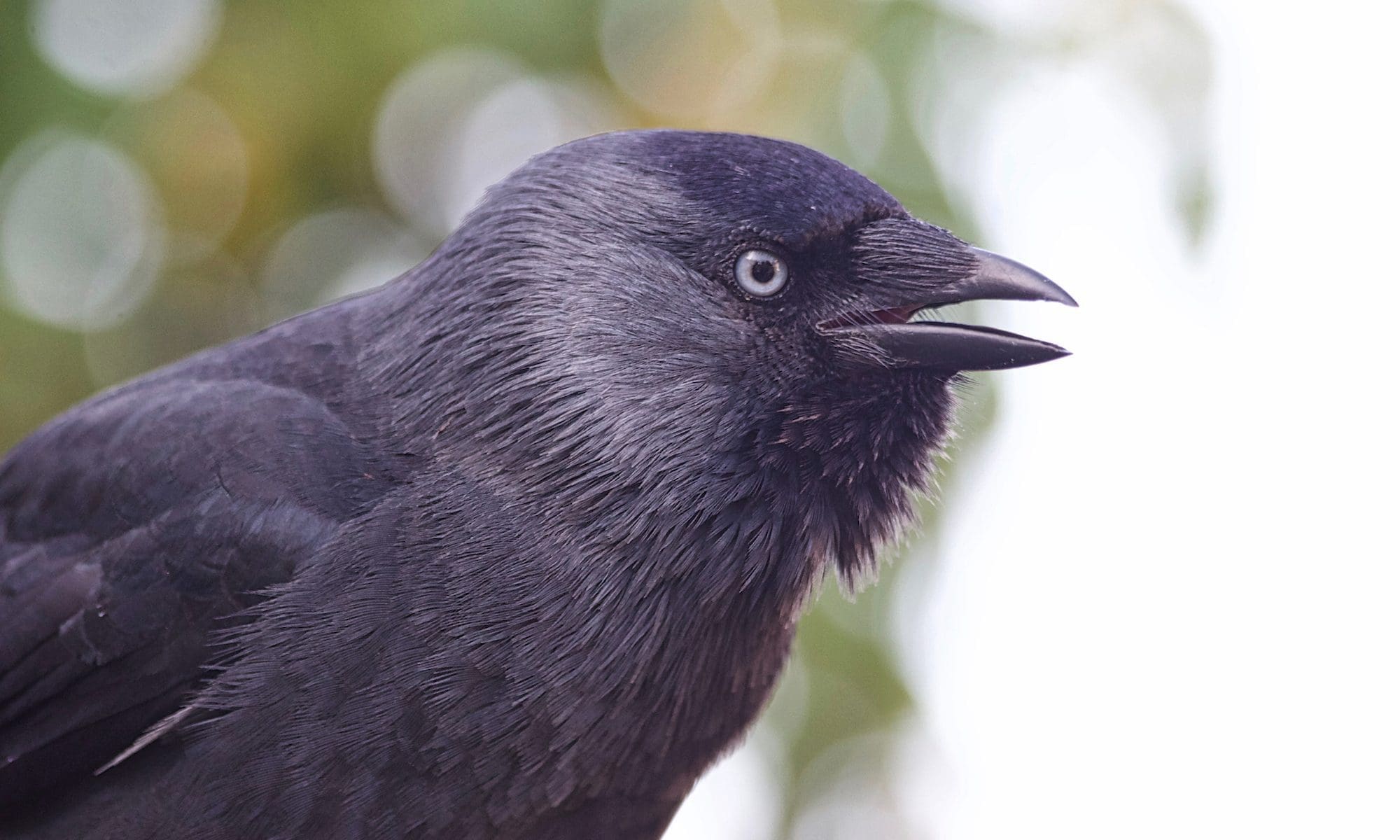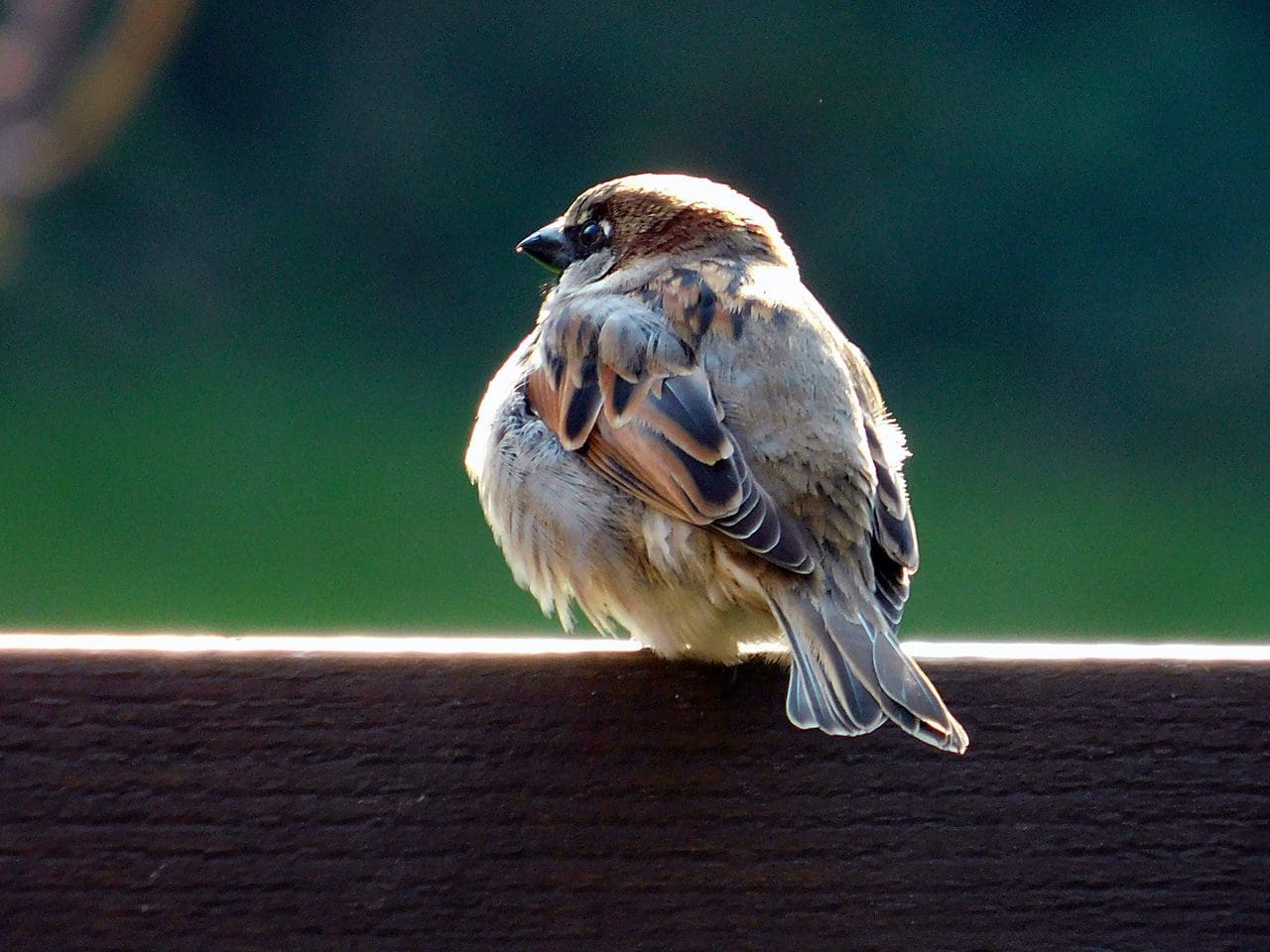Wildlife in general needs our help and support, as mankind is continuously expanding and progressively destroying wildlife habits far quicker than most animal species are able to adapt. This includes and affects many bird species too. Birds should be allowed to nest wherever there is no true conflict. If there is no proven serious risk to public health, which is rarely ever the case, then please allow birds to nest in or at least under your roof.

All birds, their nest and eggs are protected by the Wildlife & Countryside Act 1981. It is therefore an offence to damage or destroy an active nest or prevent parent birds access to their nests. For a selected number of endangered bird species, such as the barn owl, it is an offence even to disturb these birds when they are at or near their nest. A ‘general licence’, issued by the government, allows ‘authorised persons’ to kill or take roof-nesting feral pigeons in Britain as well as house sparrows, starlings and feral pigeons in Northern Ireland, and to destroy their nests. Legally seen, and without any ethical consideration, lethal methods are only the last resort after all conventional non-lethal methods have been fully exhausted, and only if it can be unequivocally shown that lethal action is necessary for the purpose of preserving public health. It is of note that an ‘authorised person’ is the owner or tenant of the land or property, or someone acting with the owner’s permission, and not the hired pest controller. Interestingly, most property owners are unaware that the legal liability for any bird control service used on or in their property remains with them, and not with the pest control contractor concerned.

The Animal Welfare Act 2006 is considered to be the more relevant legislation in respect of the use or misuse of deterrents, anti-roosting and bird exclusion products. This is because the Animal Welfare Act 2006 deals with all issues related to cruelty and unnecessary suffering, which are commonly associated with the use of these products. It is worth noting that if animals would be trapped and starve to death, or would be injured due to negligence whilst installing or using these products, the property owner could potentially be prosecuted for cruelty under the Animal Welfare Act 2006. Also, birds cannot be killed, or their nests destroyed, in order to protect the fabric of a building. It is illegal to kill birds because they are soiling a roof, causing a nuisance or are thought to cause damage to property, which is rather rarely the case anyway. This legislation does also apply to blocking access and exit routes in and out of roof spaces.

If a roof space really must be blocked off, the first thing to do is to establish what kind of bird or animal species is using the roof space, eaves or soffits. This is very important and essential, as only then the best route of action can be established, which might vary for different mammal and bird species. This knowledge will also help to find adequate species specific roost and nest boxes, which should be provided as an alternative to the blocked off roof space, something we would strongly recommend and encourage you to do. Most commonly house sparrows and starlings might choose to inhabit a vacant roof space. Both bird species are protected and red listed, therefore great care must be taken not to harm theses birds. Jackdaws might nest in an uncovered chimney, which is easily avoidable by fitting a standard chimney cowl. Work to deny access to roof spaces and chimneys must be done during the winter months when most bird species are not nesting. Please note that pigeons may also occupy roof spaces and will often nest all year round. One needs to fully consider all the terms of the Wildlife & Countryside Act 1981 when intending to clear out a roof space, an existing nest box or before closing gaps and access points, which amongst other things means that when unhatched eggs are found, that these eggs can only legally be removed from October to January, and that the found eggs must be destroyed as it is illegal to keep them.

Roofs are vital sanctuaries for many bird species, mainly because of the loss of natural nest sites. So if a roof must be sealed off, then please place nest boxes under the eaves for starlings, sparrows, swifts, swallows and house martins. Clean out and seal any holes or gaps as appropriate. Ideally one last exit hole should be left open for a couple of days. The work is best to be done during the morning hours, which minimises the risk of roosting birds being trapped in. The roof space needs to be checked at regular intervals several times a day until one can be certain that no birds remain, before eventually closing off the last remaining exit.

More detailed advise or help (Humane non-lethal methods of bird pest control) can be obtained from a specialist organisation such as the Pigeon Control Advisory Service.


